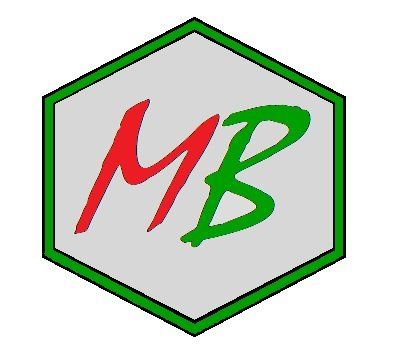VEGETABLE OLEORESINSPAPRIKA AND ROSEMARY
PEPPER
Solvent extraction is a separation technique widely used in the chemical industry and consists in the addition of a substance, called a solvent, which, to be efficient, must solubilize only the substance that is to be recovered and not the others.
The solvent is always a liquid substance while the substance that contains the solute that we want to recover can be both solid and liquid.
A typical extraction with solid-liquid solvent, known to all of us because we carry it out every day, perhaps without knowing it, and given by the extraction of coffee from the powder obtained by grinding the roasted coffee beans, obtained using hot water as a solvent. From this simple example it is already clear that for a good extraction, the solid must be finely ground, as is actually done with the grinding of coffee beans, otherwise, part of the solute is not extracted.
Carbon dioxide can be used in supercritical conditions or at a temperature above
31 ° C and pressure above 74 bar.
Carbon dioxide, in supercritical conditions, has the ability to dissolve and retain substances.
These two aspects mean that it is used to extract substances from matrices, such as, for example, caffeine from coffee and essential oils from plant products.
A process of extraction of substances with this method consists in keeping in contact with the matrix containing the substances to be extracted for a sufficient time the carbon dioxide under certain conditions suitable to favor the solubility in this of the substances to be extracted (values normally provided by institutes of research).
Once these substances have been extracted, they are released and recovered by changing the conditions, temperature and pressure, of the mixture.
MINIMUM ORDER QUANTITY 10 Kg







